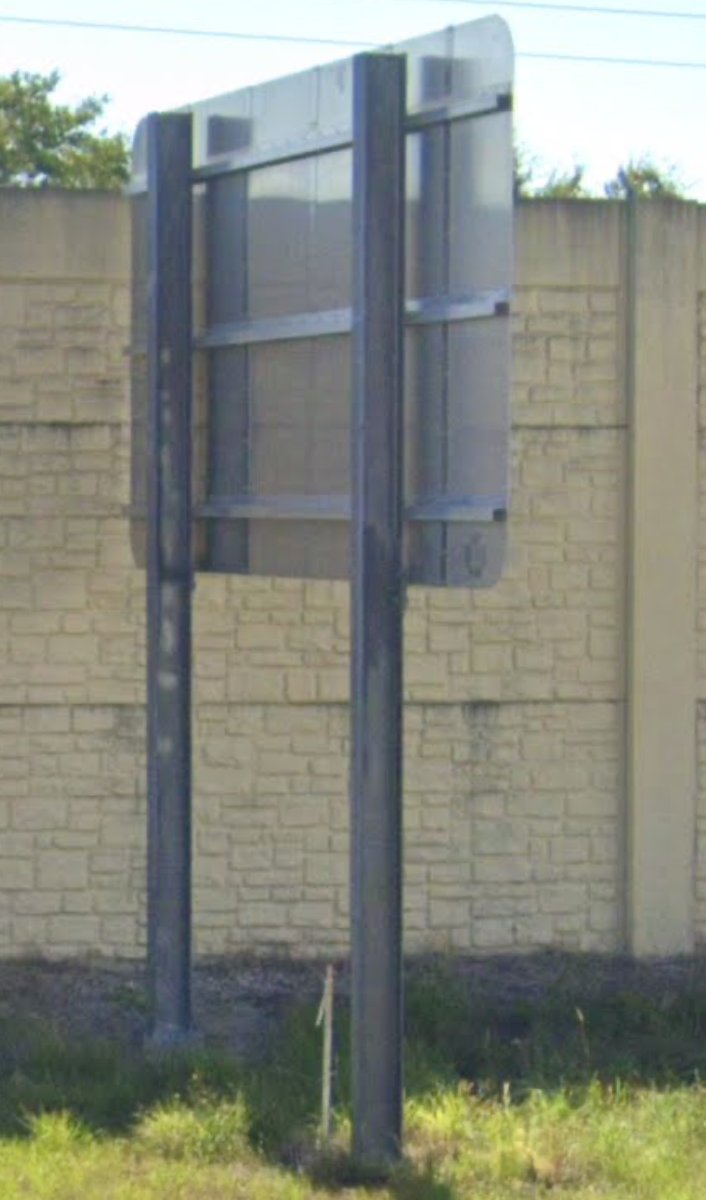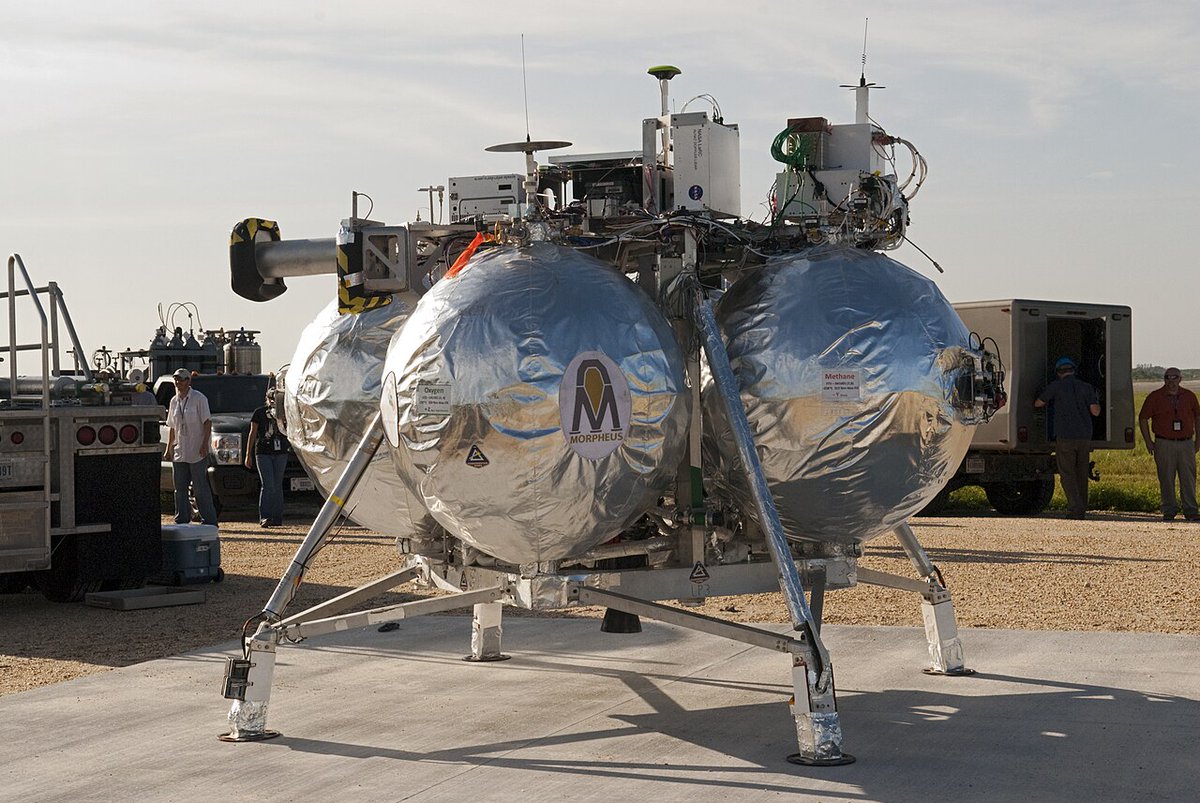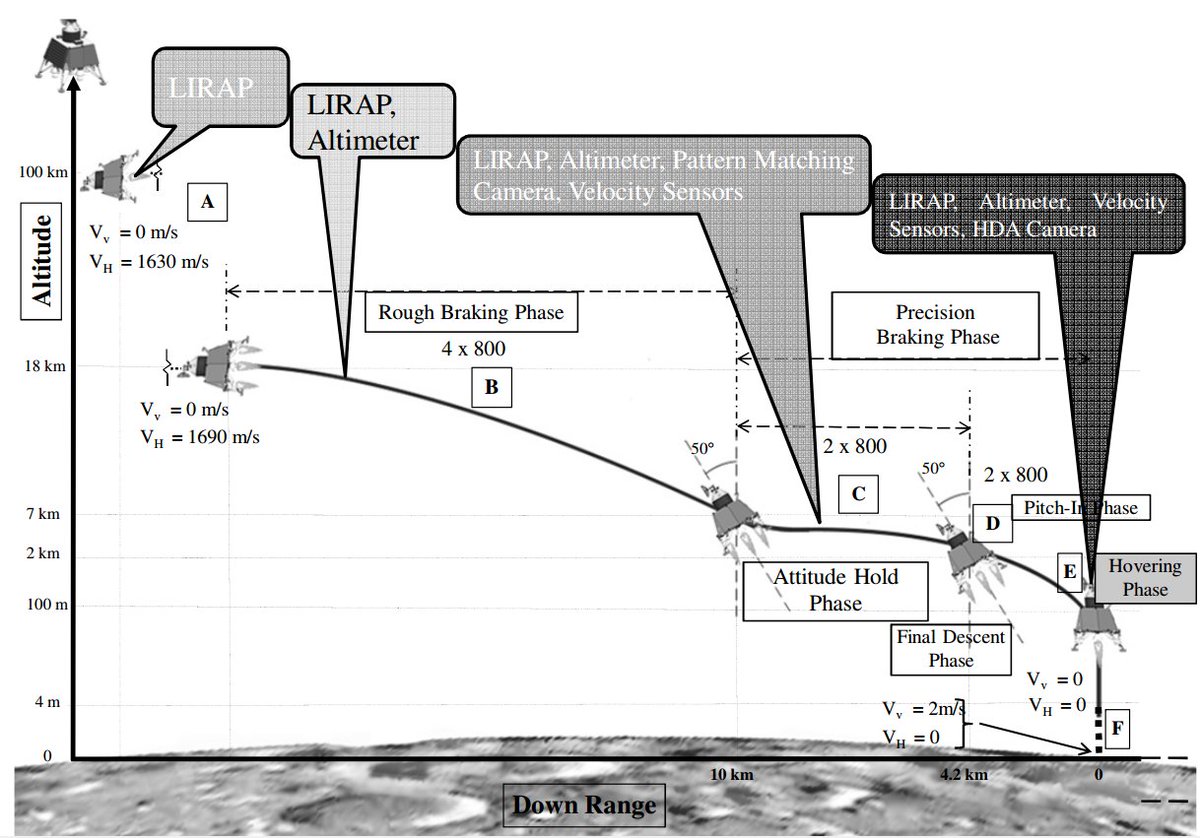This weekend the first 100 octane unleaded aviation gas was sold in the US - after years of development, testing and rulemaking GAMI's G100UL is now available at Reid Hillview airport in San Jose.
aopa.org/news-and-media…
aopa.org/news-and-media…
Many piston engine planes still need 100 octane fuel and while lead was eliminated from car gas it hadn't been possible to do that for aircraft, partly because modifying aircraft is a massive problem so the EPA let small aircraft continue to use 100LL (low lead)
But in the 40+ years since the FAA has mismanaged multiple attempts to develop a replacement. Programs like PAFI - Piston Aviation Fuels Initiative and EAGLE - Eliminating Aviation Gas Lead Emissions felt like the rules were set to favor the status quo.
A small company named 'General Aviation Modifications Inc.' - GAMI - worked on their own 100 octane fuel using 20% xylene as an octane booster. And a couple of years ago it began getting approvals for specific engines. It now covers practically every engine used in the US.
But because it's outside the FAA's initiatives it's not a fully approved drop in replacement, legally, you have to buy a conversion for your aircraft in the form of a Supplemental Type Certificate. There's no actual changes, just an inspection and a new sticker next to tanks.
It costs a few hundred dollars mainly for the paperwork, and some profit for GAMI's research. The fuel burns the same and performs the same, but it smells different and some paints can show staining or discoloration if you spill it. Also, it mixes safely with existing fuel.
But that's not the end of the story because the FAA hasn't approved this as the only unleaded option. Swift fuels have a 100UL formulation that is getting STC approval for some engines. And LyondellBasell and VP Racing Fuels’ UL100E is hoping to get approved via PAFI
And there is a problem with this because while all these fuels can safely mix with the existing 100LL, they can't necessarily mix safely with each other. Swift apparently uses ETBE as an octane enhancer and UL100E uses MMT (an organic molecule with Manganese). There's likely a lot of crossover here.
There was another fuel being developed by Phillips 66 under PAFI, but it was withdrawn after extended testing found problems. They're still working on something but likely are years away from getting that approved.
The PAFI developed UL100E will have the advantage that there's no STC needed, but it's not clear that's a great win to replace Lead with Manganese. GAMI's G100UL may be the better option, it would enable synthetic engine oils that wouldn't be compatible with MMT
So while one option exists today the others will still enter the market, and aircraft may not be able to easily switch between fuels. And in California there's a law that bans the sale of leaded AvGas after Jan 1st 2031, so the clock is ticking.
I should add, that lots of small aircraft can use lower octane gasoline, consistent with what cars use. However the standard blends of gas at the pump frequently contains ethanol and that is a problem for lots of hardware.
The plane I fly is OK though and so it's lead free.
The plane I fly is OK though and so it's lead free.
Also, to add to the mess, the lawyers at the engine builders have stated that aircraft using unleaded fuel may not be covered by warranty.
• • •
Missing some Tweet in this thread? You can try to
force a refresh

























